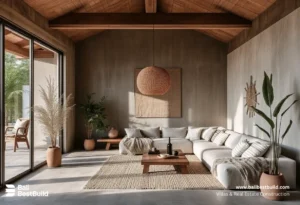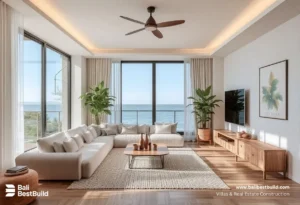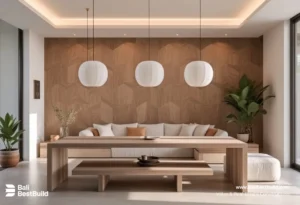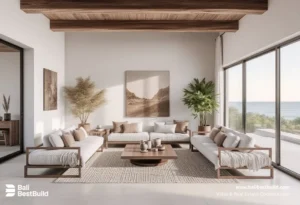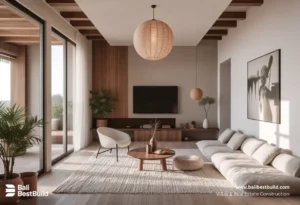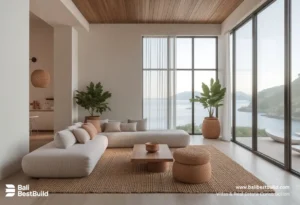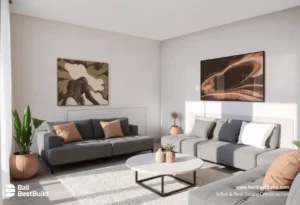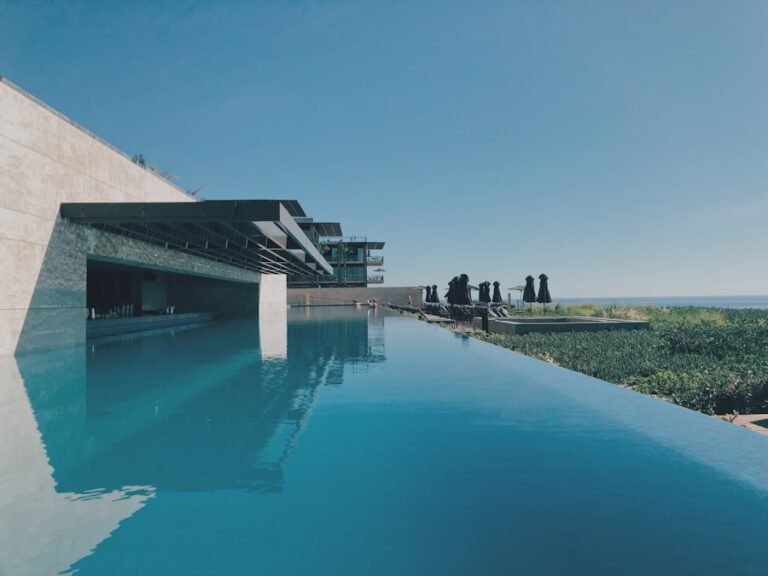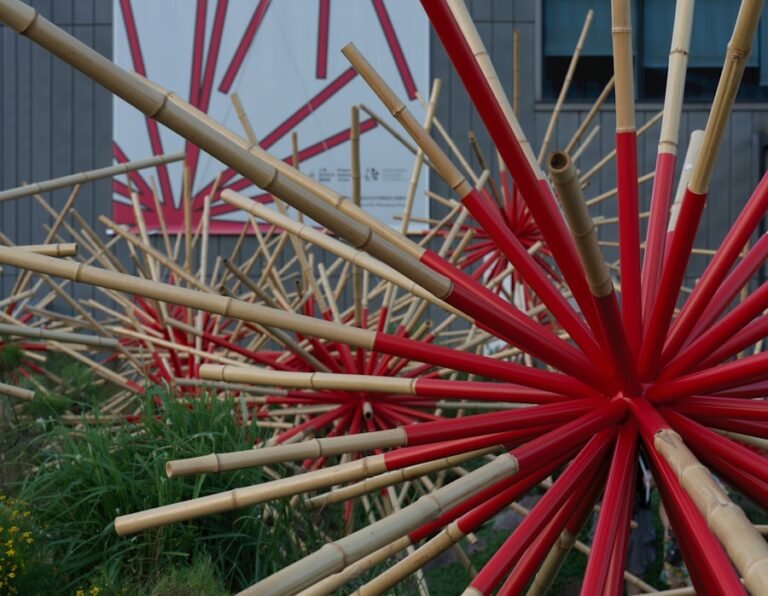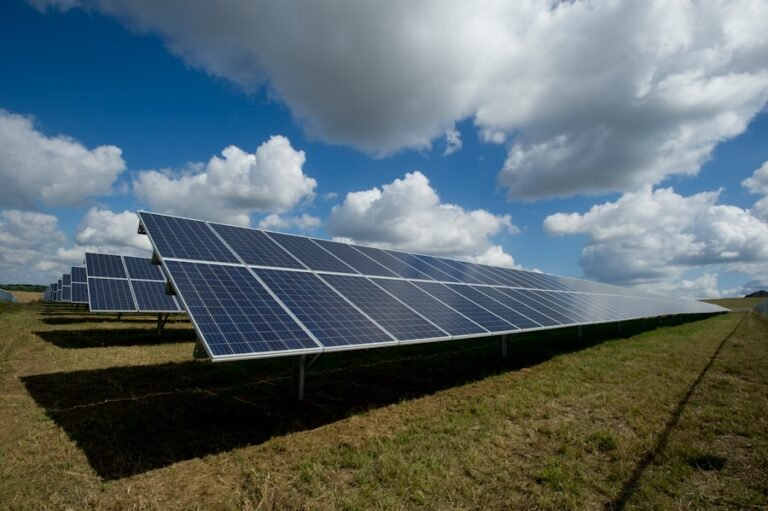Bali, known for its stunning beaches, lush rice terraces, and vibrant culture, is also experiencing a transformation in its urban landscape. As the population grows and urbanization continues to expand, the need for sustainable and innovative solutions to urban living has become increasingly important. One of the key developments in Bali’s urban makeover is the rise of green roofs and vertical gardens. These eco-friendly features not only enhance the aesthetic appeal of buildings but also provide a range of environmental, health, and economic benefits. In this article, we will explore the rise of green roofs and vertical gardens in Bali, their impact on the urban landscape, and the challenges and opportunities associated with their implementation.
The Rise of Green Roofs in Bali
Green roofs, also known as living roofs or eco-roofs, are becoming increasingly popular in Bali’s urban areas. These roofs are covered with vegetation, which can range from grasses and wildflowers to shrubs and trees. Green roofs provide a range of benefits, including improved air quality, reduced energy consumption, and enhanced stormwater management. In addition to their environmental advantages, green roofs also create additional green space in urban areas, which can help mitigate the urban heat island effect and provide habitat for wildlife. As Bali continues to develop and urbanize, the implementation of green roofs can play a crucial role in creating more sustainable and livable cities.
The use of green roofs in Bali is not only limited to commercial buildings and residential homes but has also extended to public infrastructure such as schools, hospitals, and government buildings. The Balinese government has been actively promoting the use of green roofs as part of its efforts to create more sustainable and resilient cities. With the support of government incentives and policies, more building owners and developers are embracing the idea of incorporating green roofs into their designs. This shift towards eco-friendly building practices is not only transforming the visual landscape of Bali’s urban areas but also contributing to a more sustainable and environmentally conscious future for the island.
Vertical Gardens: A Solution to Urban Space Constraints
In addition to green roofs, vertical gardens have also been gaining popularity in Bali as a solution to urban space constraints. Vertical gardens, also known as living walls or green walls, are vertical structures that are covered with vegetation. These gardens can be installed on the exterior or interior of buildings, providing a creative way to introduce greenery into urban environments where space is limited. Vertical gardens not only add a touch of natural beauty to concrete jungles but also offer a range of environmental benefits such as improved air quality, noise reduction, and thermal insulation.
The implementation of vertical gardens in Bali has been particularly beneficial in densely populated urban areas where traditional gardens may not be feasible. By utilizing vertical space, these gardens allow for the integration of nature into the built environment, creating a more harmonious and sustainable urban landscape. In addition to their environmental advantages, vertical gardens also contribute to the well-being of urban residents by providing a sense of connection to nature and a visually appealing backdrop in an otherwise concrete-dominated setting. As Bali continues to grapple with limited space in its urban areas, the adoption of vertical gardens presents an innovative solution to enhance the quality of urban living while promoting environmental sustainability.
The Environmental and Health Benefits of Green Roofs and Vertical Gardens
The implementation of green roofs and vertical gardens in Bali offers a range of environmental and health benefits that contribute to creating more sustainable and livable cities. Green roofs help mitigate the urban heat island effect by reducing surface temperatures and improving air quality through the absorption of pollutants and carbon dioxide. They also provide natural insulation, which can reduce energy consumption for heating and cooling buildings. In addition, green roofs help manage stormwater runoff by absorbing rainwater and reducing the strain on drainage systems, thus minimizing the risk of flooding in urban areas.
Similarly, vertical gardens contribute to environmental sustainability by improving air quality through the absorption of pollutants and carbon dioxide. They also provide thermal insulation, which can help reduce energy consumption for heating and cooling buildings. In addition, vertical gardens offer noise reduction benefits by absorbing sound waves, creating a more peaceful urban environment. From a health perspective, both green roofs and vertical gardens have been shown to have positive effects on mental well-being by providing visual relief from the built environment and creating a sense of connection to nature. The integration of these eco-friendly features into Bali’s urban landscape not only enhances the overall environmental quality but also promotes the health and well-being of its residents.
The Economic Impact of Green Roofs and Vertical Gardens on Bali’s Urban Landscape
In addition to their environmental and health benefits, green roofs and vertical gardens also have a significant economic impact on Bali’s urban landscape. The implementation of these features can lead to cost savings for building owners through reduced energy consumption for heating and cooling, as well as extended roof lifespan due to protection from UV radiation and temperature fluctuations. Green roofs can also increase property value by enhancing the aesthetic appeal of buildings and creating additional usable space for recreational activities or urban agriculture.
Similarly, vertical gardens offer economic benefits by improving the marketability of buildings and attracting tenants or customers who value sustainable and eco-friendly features. In addition, these gardens can contribute to cost savings for building owners through reduced maintenance costs for heating and cooling systems, as well as potential tax incentives or rebates for implementing green infrastructure. The economic impact of green roofs and vertical gardens extends beyond individual buildings to the broader urban landscape, where these features contribute to creating more attractive and desirable cities that can attract tourism and investment. As Bali continues to position itself as a sustainable and environmentally conscious destination, the economic benefits of green roofs and vertical gardens play a crucial role in shaping the future of its urban development.
Challenges and Opportunities for Implementing Green Roofs and Vertical Gardens in Bali
While the rise of green roofs and vertical gardens presents numerous benefits for Bali’s urban landscape, their implementation also comes with a set of challenges and opportunities. One of the main challenges is the lack of awareness and understanding among building owners, developers, and policymakers about the benefits and feasibility of these eco-friendly features. Many stakeholders may perceive green roofs and vertical gardens as costly or technically challenging to implement, leading to hesitation or resistance towards adopting these practices.
However, there are also significant opportunities for overcoming these challenges through education, outreach, and collaboration among various stakeholders. By raising awareness about the environmental, health, and economic benefits of green roofs and vertical gardens, as well as providing technical support and incentives for their implementation, Bali can create a more conducive environment for embracing these sustainable practices. In addition, partnerships between government agencies, non-profit organizations, academic institutions, and private sector actors can help drive innovation and knowledge sharing to overcome barriers to implementing green roofs and vertical gardens in Bali’s urban areas.
The Future of Urban Living in Bali: Embracing Green Roofs and Vertical Gardens
As Bali continues to undergo rapid urbanization and development, the future of urban living on the island will be shaped by the embrace of green roofs and vertical gardens as integral components of sustainable city planning. These eco-friendly features not only contribute to creating more resilient and livable cities but also reflect a commitment to environmental stewardship and innovation. By integrating green roofs and vertical gardens into its urban landscape, Bali can position itself as a global leader in sustainable urban development while enhancing the well-being of its residents.
The future of urban living in Bali will be characterized by a harmonious coexistence between nature and built environments, where greenery becomes an integral part of cityscapes. As more building owners, developers, and policymakers recognize the value of green roofs and vertical gardens, these features will become standard practice in urban design and construction. The integration of nature into urban areas will not only enhance the visual appeal but also create healthier and more vibrant communities that prioritize environmental sustainability. By embracing green roofs and vertical gardens, Bali can pave the way for a new era of urban living that celebrates the beauty of nature while addressing the challenges of urbanization in innovative ways.

